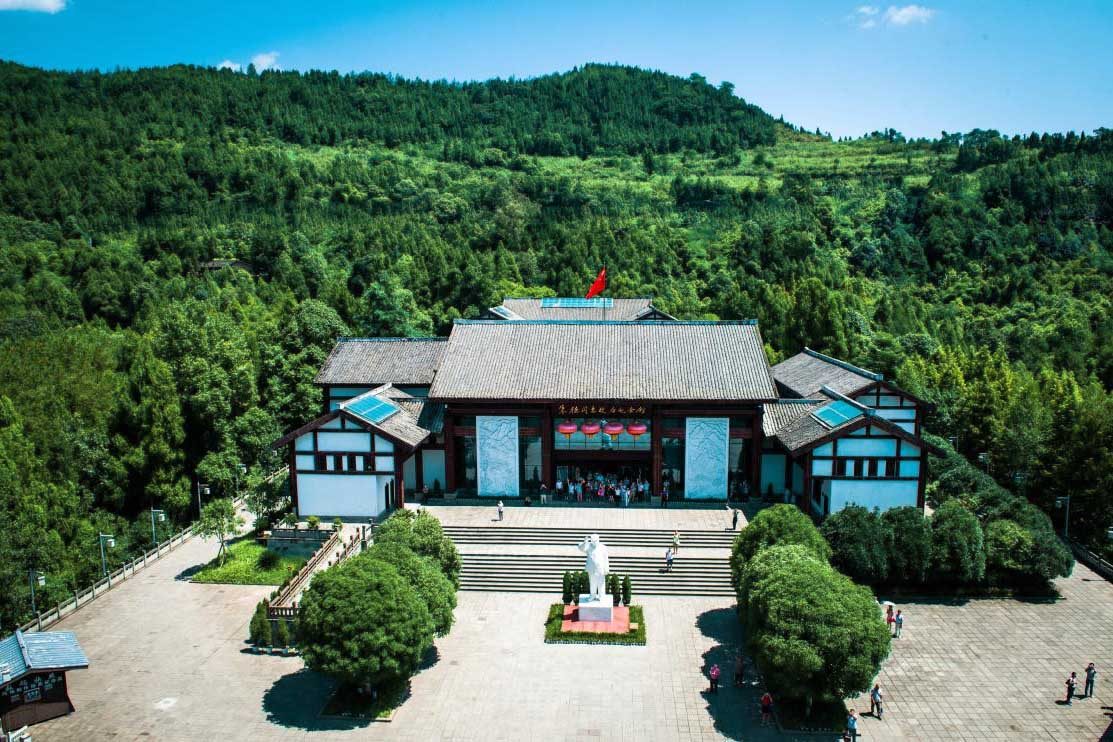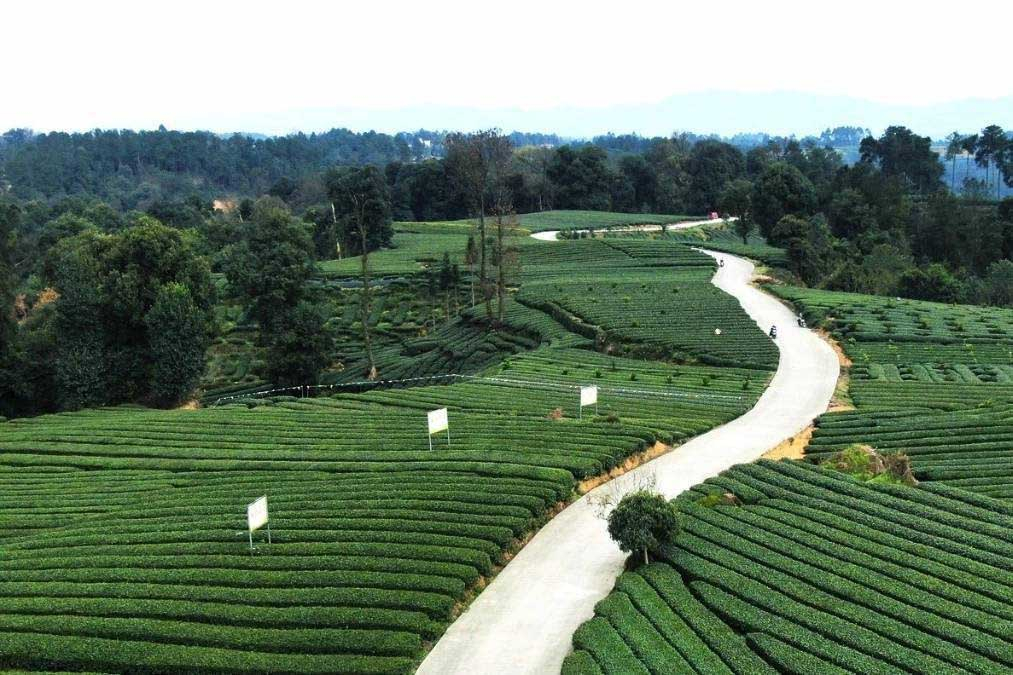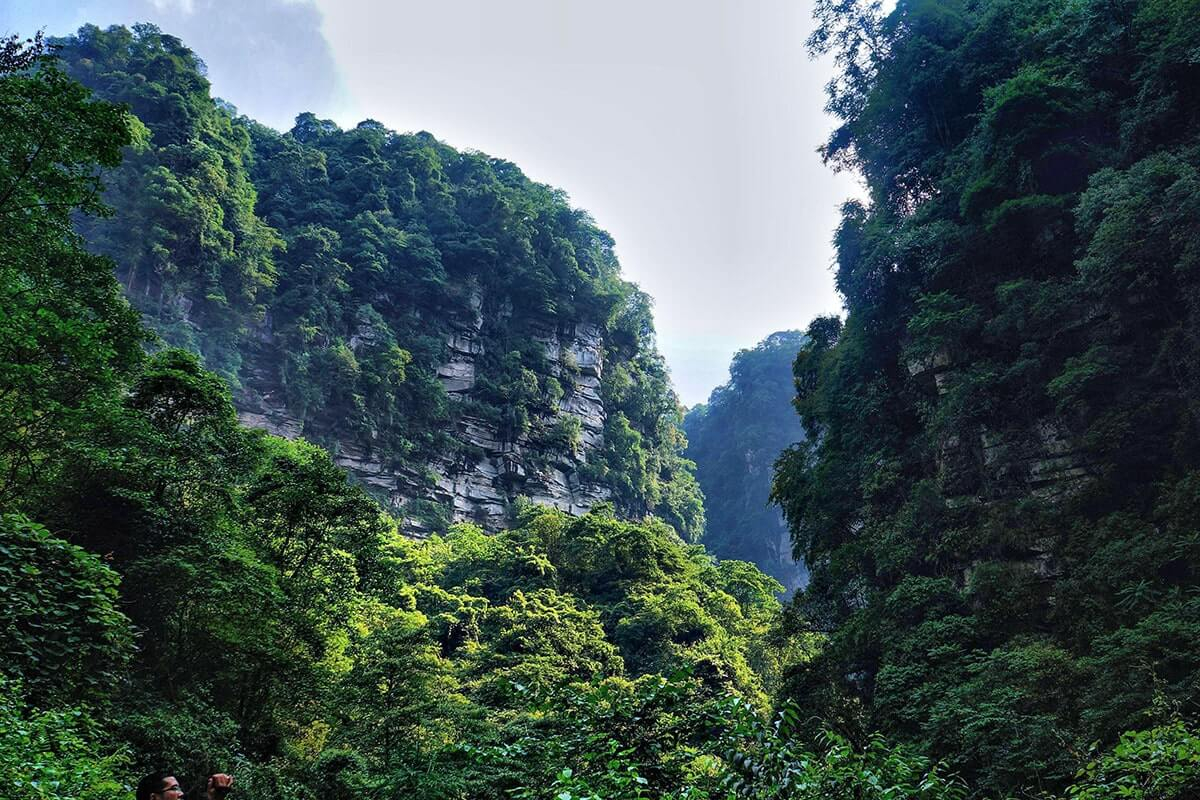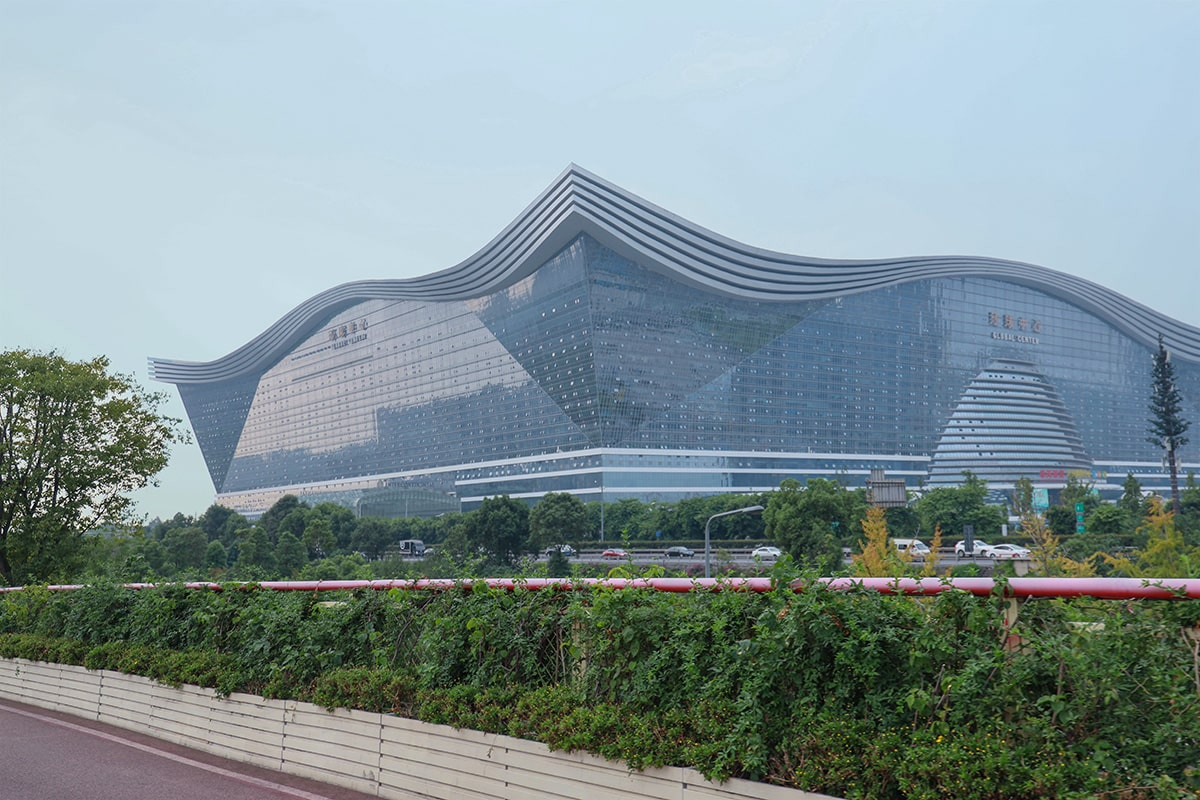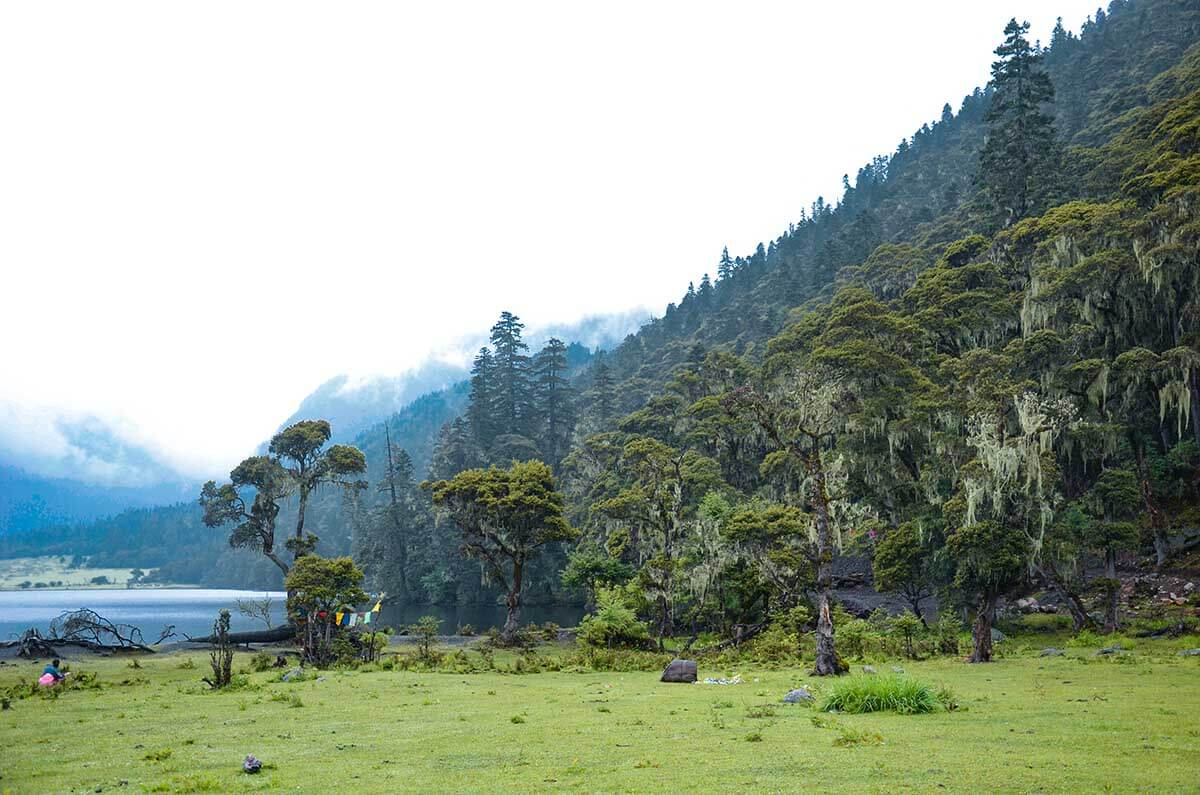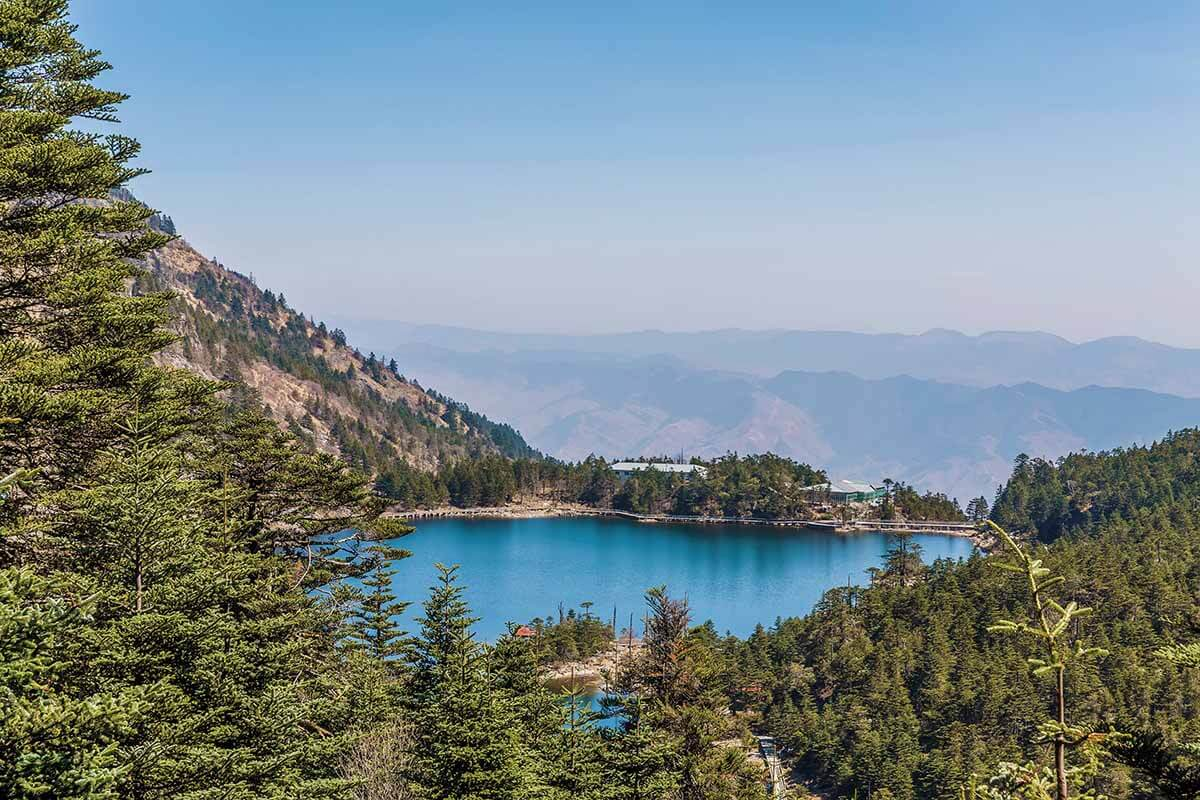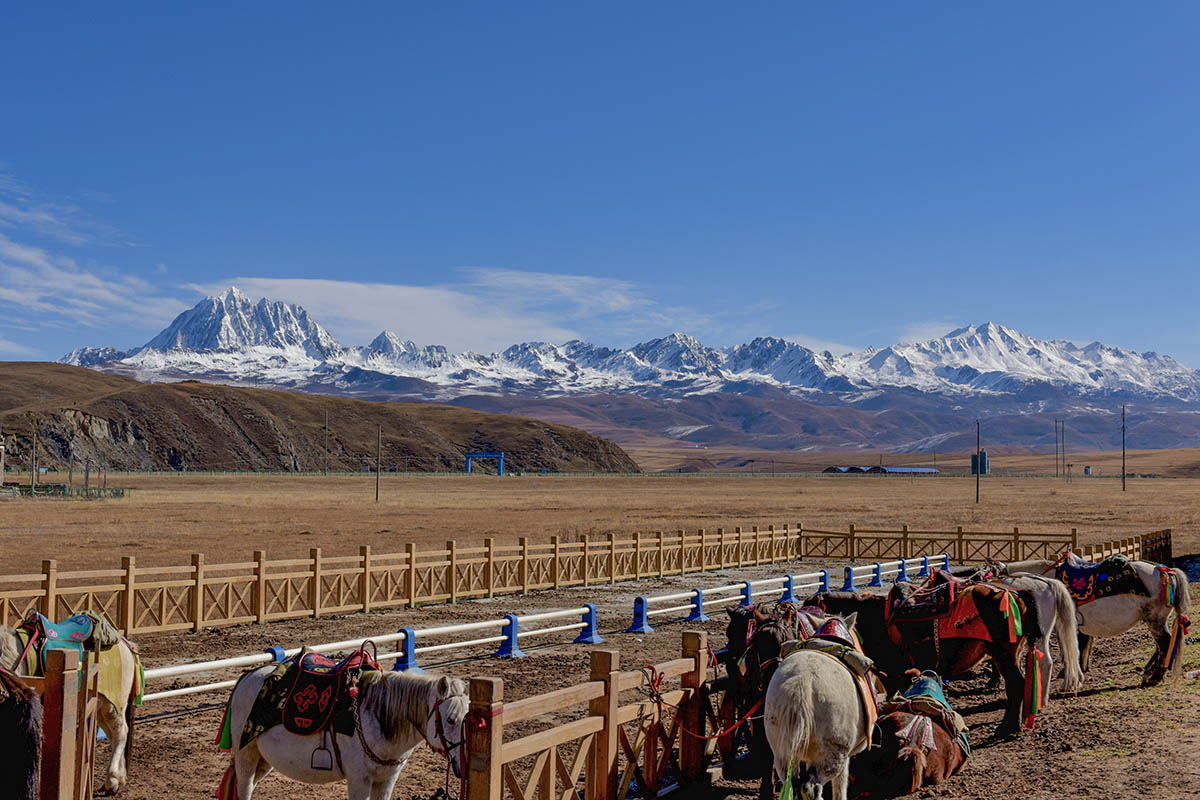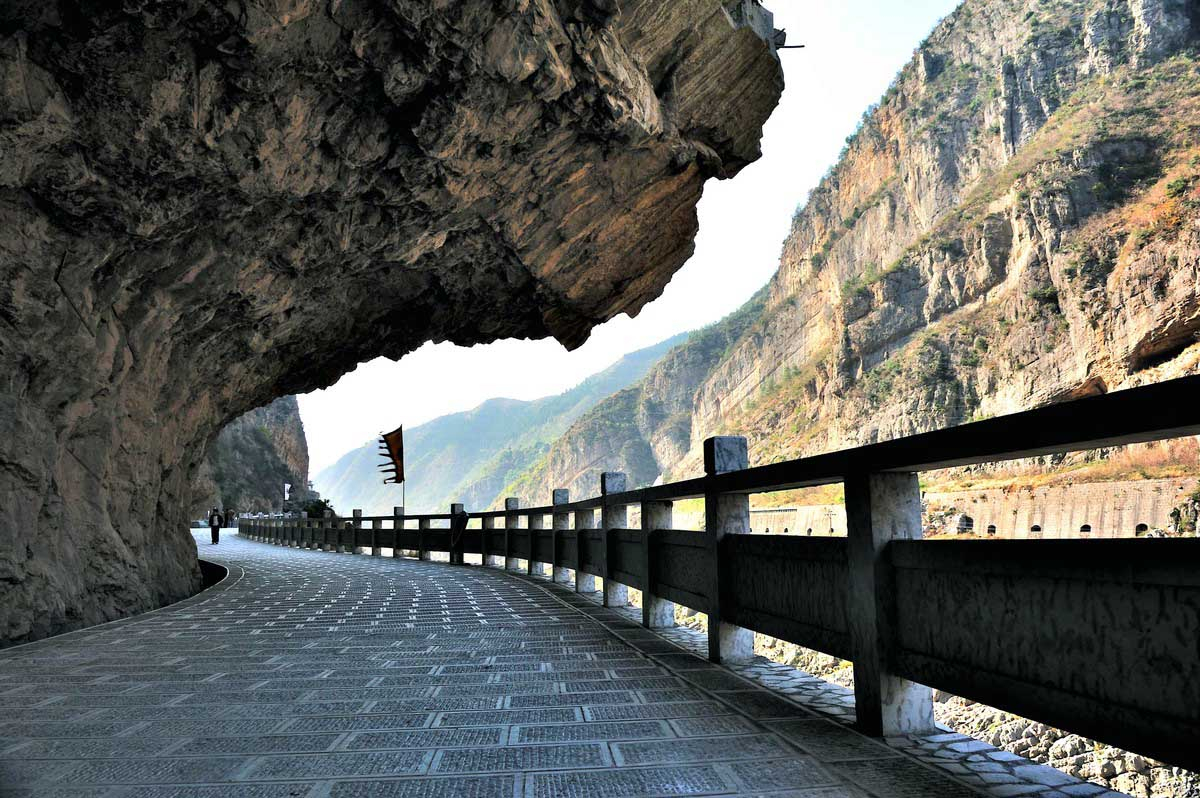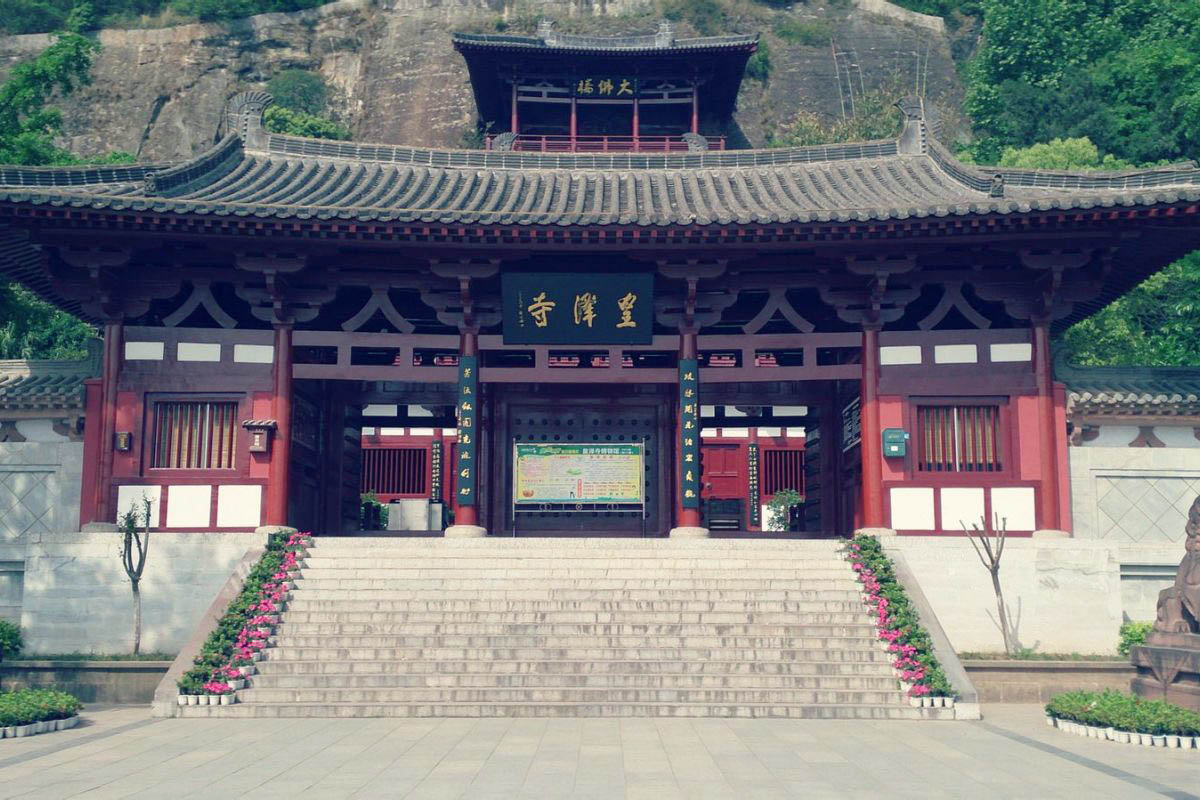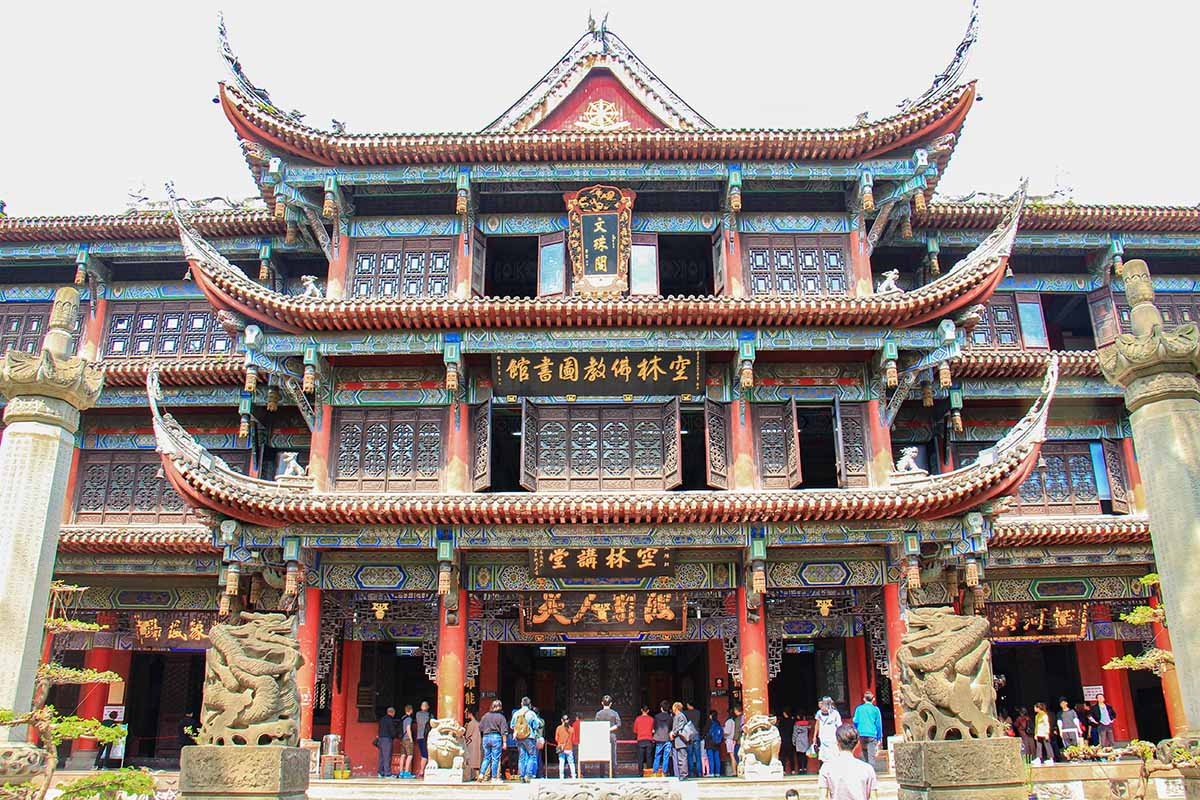Qiqu Mountain Temple
Chinese Name: 七曲山大庙 (Qi Qu Shan Da Miao)
Location: No. 2 Cuiyunlang Road, Zitong County, Mianyang City, Sichuan Province
Ticket: Entrance ticket CNY42.00
Estimated tour time: 2 hours
Recommended time to visit: All year round.
Nearby attractions: Medicine King Valley, Doutuan Mountain, Jiuhuang Mountain, Langzhong Ancient Town, Jianmen Pass, etc.
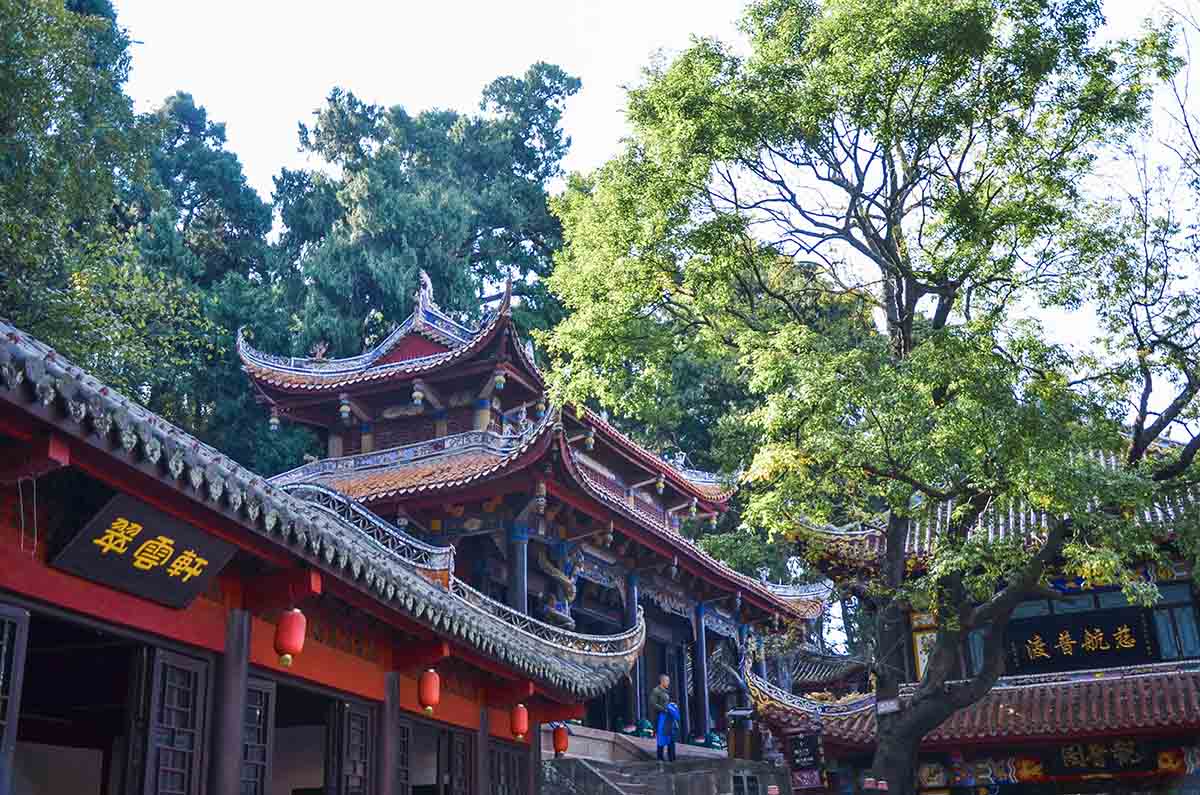
Qiqu Mountain Temple is located at No.2 Cuiyunlang Road, Zitong County, Mianyang City, Sichuan Province. It is a sacred place of Taoist mainstream Quanzhen School, a national 4A level scenic spot and a national key cultural relic protection unit.
The ancient architectural complex of Qiqu Mountain Temple integrates the buildings of Yuan, Ming and Qing dynasties(1271-1912AD) with 23 halls, pavilions and buildings, covering an area of 13,000 square meters and a construction area of 5,611 square meters. The ancient architectural complex cleverly utilizes the terrain and is built along the mountain. It is not bound by the tradition of parallel central axis, showing a flexible and natural style. The whole temple is exquisitely designed with both the magnificent palatial architecture in the north and the small and exquisite garden architecture in the south which fully shows the exquisite craftsmanship of the ancient Chinese builders.
It is the Ming Dynasty Western Sichuan Famous Building, the 100 - foot building inside the maiin entrance. The building is three floors and 100 feet high. At that time, it was said to be comparable to the famous towers of Yueyang Tower and Yellow Crane Tower in Hubei Province. After being destroyed by fire, the building was rebuilt in 1732, the 10th year of the reign of Emperor Yongzheng in the Qing Dynasty. The Tianzun Temple built on the top of the mountain is even more magnificent and is a very precious physical material for the study of the ancient architectural art in China.
● Highlights of Qiqu Mountain
Iron casted statues
There are 10 iron casted statues in the Ming Dynasty in the temple. The largest one is 4.7 meters high and weighs 30 tons. The other eight accompanying statues are six feet tall and weigh 5,000 kg each. These statues are well-proportioned and exquisite in workmanship which is rare in Sichuan. It shows the excellent casting technology and modeling level in ancient China.
Cuiyun Corridor
Outside the temple there are ancient cypresses. This is the ancient Shu Road Cuiyun corridor famous at home and abroad. It began in the Qin and Han Dynasties and was completed in the Ming and Qing Dynasties. Though through the vicissitudes of the ages, it is still flourishing. It is said that during the Three Kingdoms Period, Zhang Fei led his troops to this place. Because the hot weather was unbearable, he ordered his soldiers to plant trees for shade. It is said that a miracle appeared, "plant trees in the morning, shade in the afternoon". The local people call it "Zhang Fei Cypresses". In the Ming Dynasty, the local official urged the people to plant hundreds of thousands of cypress trees on the ancient post road, creating this Cuiyun Corridor for later generations. The cypress on the Corridor is a living historical relic and a rare natural wonder.
Cultural value
Qiqu Mountain Temple is the birthplace of the country's Wenchang Dijun, so it is also called Emperor Township. Taoism serves him as the god of fame and fortune. The history of Chinese culture began to have the saying that "Confucius in the north, Wen Chang in the south". Since Wu Zetian in the Tang Dynasty, the imperial examination system has been so powerful that Chinese intellectuals would think of going to Wenchang Palace to worship Emperor Wenchang on the eve of the imperial examination and promotion.This is also one of the fundamental reasons why Wenchang Palace, Guanyin Temple and Guandi Temple all over China seem to be religious, but actually cater to folk customs and are more widespread and have the largest stock. The Temple of Qiqu Mountain in Zitong is the ancestral home of this culture.
- HOTEST
- RECOMMEND


